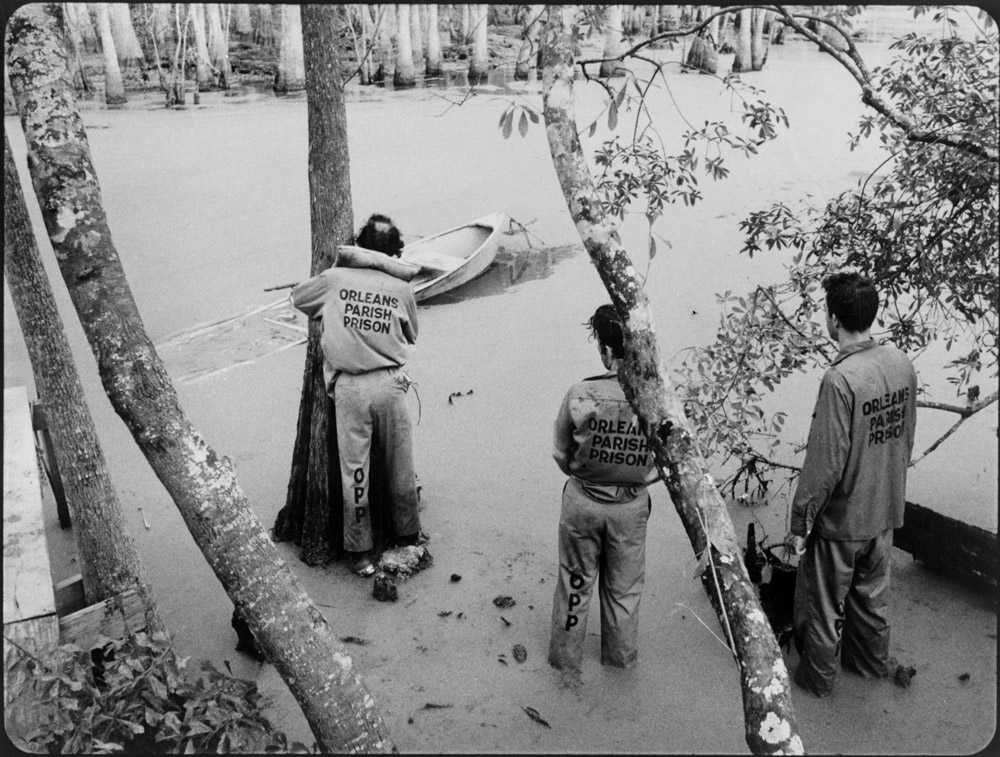
(c)1986 BLACK SNAKE Inc.
"Down by Law" The "close relationship" of Tom Waits, John Lurie, and Roberto Benigni in black and white
2020.06.22
fantastic monochrome image
More than 30 years have passed since their success at the Subaru Theater, but these two works still enjoy strong popularity.
Since then, the director has continued to work at his own pace, adhering to the independent spirit of independent film. `` The Dead Don't Die '' (2019), which was his first attempt at a Dawn of the Dead movie, was released in Japan and did well at the box office despite being released with limited seating capacity after the coronavirus.
When I look back on Jarmusch's filmography, I think that ``Down by Law'' was actually a turning point.
Stranger Than Paradise was a groundbreaking success as an American independent film, and he then began work on Down by Law.
“Stranger Than Paradise” trailer
Although they both star John Lurie and are shot in black and white, there are major differences between the two.
First of all, it's the quality of the photography. In fact, when making Down by Law, the director intended to use the same cinematographer as the previous film, Tom DiCillo. He was one of Jarmusch's friends at New York University.
However, DiCillo declined the offer and began directing his own work (his debut film was `` Johnny Suede '' (1991) starring Brad Pitt). "Then I finally had a great Being There to work with Robbie Mueller," Jarmusch said (from an interview at the Jarmusch retrospective held at the Walker Art Certer in Minneapolis in 1994).
Muller is a renowned German cinematographer who worked on such masterpieces as " An American Friend " (1977) and " Paris, Texas " (1984) by director Wim Wenders, who had a connection with Jarmusch. Many of Wenders' films are "road movies," which is a type of travel film, and as such, he has a unique way of capturing the scenery.
``Down by Law'' also shows the director's individuality in the way he captures the scenery. At the beginning, the old streets of New Orleans are captured by a moving camera, but scenes of rivers and swamps are also included, giving it a slightly dark atmosphere.

"Down by Law" (c)1986 BLACK SNAKE Inc.
The main characters are DJ Zach (Tom Waits), pimp Jack (John Lurie), and mysterious Italian Roberto (Roberto Benigni), who meet in prison after being falsely accused.
The camera captures the changes in the three people's expressions, showing the box-like prison, with only walls, iron bars, and beds, as a mysterious space. After that, he escapes from prison and walks in a river and wanders in a forest, but even though he is just taking pictures of ordinary scenery, there is a sense of fantasy, and I never get tired of looking at the scenery. .
Both ``Stranger Than Paradise'' and ``Down by Law'' feel like you're looking at a photo book, but the former is a collection of snapshots taken by an amateur with the best taste, and the latter is a collection of technical photographs. It looks like a full-fledged photo book taken by a professional.
By collaborating with Robbie Mueller, a real cinematographer, Jarmusch may have been able to grow as a professional director. The director himself also made the following comment regarding the black and white footage.
``I think black and white images are very interesting.They are minimalistic and have less information, so they are abstract.My generation was the generation that watched news footage in color, so black and white images have a somewhat unrealistic feel to them.'' On the other hand, for the generation that watched black-and-white news footage, color movies may seem more unrealistic.Also, black-and-white images have a certain quality that the film noir films of the late 1940s had. It has a realistic feel that draws you in and makes you want to watch it forever.'' (From ``Cinema Papers'' January 1988 issue)
Inspired by old black-and-white Hollywood crime films, the film includes ``prison scenes'' and ``jailbreak scenes,'' but it also has the director's off-beat feel. Unlike ``Stranger Than Paradise,'' which had strong elements of a life-sized youth film, he has expanded his range as a director by incorporating elements of genre films.
Filming took place at the real-life Orleans Parish Prison in New Orleans, and despite being roughed up (at times) by security guards and feeling scared, they were able to proceed without incident.

